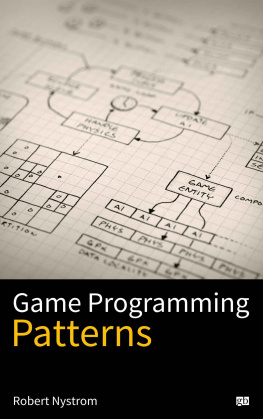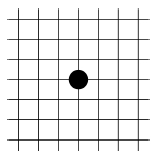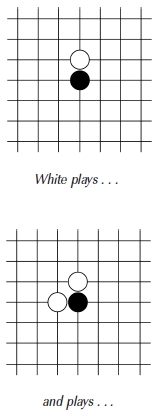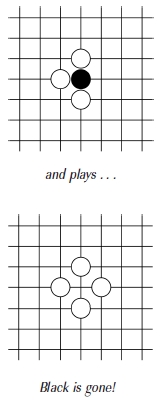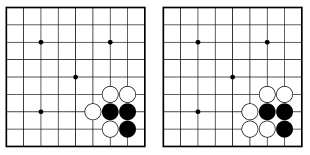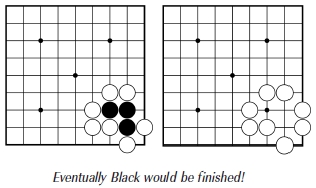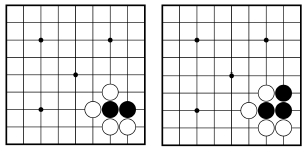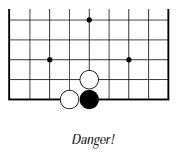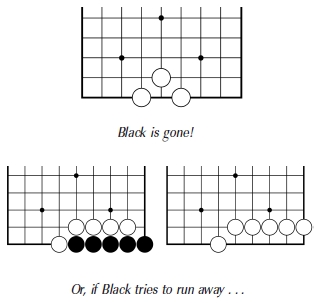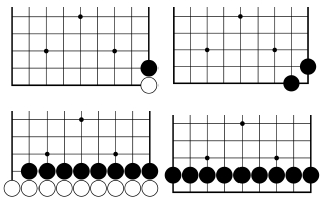ACKNOWLEDGMENTS
Without the generous and patient editing help of four people, this book would have been a much poorer effort: my editor at Tuttle Publishing, Jennifer Lantagne; Designer, Stephanie Doyle; the 1995 World Womens Champion, Feng Yun, 9 dan; and Richard Bozulich of Kiseido Publishing Company. Mr. Bozulich was also kind enough to furnish the artwork in the book.
I am also extremely grateful for reviews of the first manuscript by Barbara Calhoun, past president of the American Go Association; Edwinna Williams, who was around when I first learned the game; and Christine Mathieu, an old China hand and author of Mother Lake .
Next, I would like to thank None Redmond, mother of Michael Redmond, 9 dan; Evelyn Lee; Keith Nabozny; Michael and Dianna Watson; Omri Glasner; Shawn Svacha; Vincent Solimine; Dave Boyer and Andrew Wood for their extremely helpful comments and suggestions from the point of view of beginners.
Special thanks are also due to two other former presidents of the American Go Association, Terry Benson and Roy Laird, for help in setting me out as a Go writer and for many favors in gathering material and information over the years.
Also, without the timely help of Anders Kierulff, inventor of Smart Go , the work of transferring game files into a publishing format might have proved impossible.
Thanks are also due to Jim Fitzgerald, agent extraordinaire.
Finally, I am grateful to my wife, Susan Long, and her parents, George and Pearl Schweitzer, without whose support the seemingly never-ending process of production would have been much more difficult.
For the 2010 update, I would like to thank my editor, Bud Sperry, for all his patience, and the experts who generously helped to shape itMonte Carlo computer pioneers Olivier Teytaud, Remi Coloum, David Fotland, Martin Meuller and Yamoto; Go combinatorial game theorists Elwyn Berlekamp and Bill Spight; combinatorics wizard John Tromp, Asian Go authority Richard Bozulich and his friend John Power, and one of the worlds leading Go historians, John Fairbairn.
CHAPTER ONE
GO IS TO LIFE AS LIFE IS TO GO
THE CAPTURING GAME
Chinas most famous novel, The Dream of the Red Chamber , also called The Story of the Stone , begins when a stone from the Heavens comes down to earth to begin a life. Similarly, in Go the game begins when one player picks up a stone from a bowl and places it on the board....
As you can see on the cover of this book, stones are held between the ends of the first two fingers and are placed on the board one at a time on the intersections by each player in turn. Once on the board, they do not move unless they are captured and taken off.
The Fundamental Rule of Go
In the next few chapters, you will learn how a simple, single principle of capture generates a complex territorial game that has entranced millions of people for thousands of years.
To begin, the best way to think of a stone is that it is alive and is getting its qi energy from the lines of the board around it. Or think of the stone as needing to breathe. As in life, if you cant breathe, you cant live. If your opponent can completely surround you, you will suffocate, or, as the Chinese say, you are eaten. In Go terms, you have died and you must come off the board.
To give an example, here Black has placed a stone down and is now playing elsewhere on the board while White concentrates on taking just that one stone:
But there is much more to Go than simply eating and being eaten. For example, several stones together can form groups. If Black wants to save that stone...
By running away and escaping, what is now a Black group has become stronger. Think of the Black stones as being connected along the lines like beads on a string. The groups that are beginning to form in this way come in all shapes and sizes and they are the pieces that players use to play Go.
Heres how White can capture a Black groupassuming Black doesnt defend.
Black has nowhere to go:
In this example Black tries to avoid being captured:
Now it is a different story. Black is heading for more open areas, and this will make it much harder for White to capture....
The Capturing Game
The idea of the capturing game was possibly how Go got its start, perhaps on a rainy day in a cave or temple in northern China thousands of years ago. A youngster might have drawn a sacred 9 line x 9 line board on the ground, put a stone on it, and said to a friend, The first person to capture a stone can keep it!
However, after a few games they might have discovered that even though capture can be an exciting game, getting just one stone at a time can be a little slow. It becomes much more interesting to try to see who can capture the most stones, and along the way, some very strange things start to happen.
Even if you dont have a Go set, try a quick game with a friend using different colored beans or coins on a hand-drawn 9 x 9 board. In five minutes you will find you are playing real Go, watching how all the fascinating permutations of the game that baffle computers expand out of that simple, lifelike rule of capture. You will then discover why Go is called the encircling game ( Wei Qi Way-chee in Chinese): in good play, the empty intersections that your groups peacefully surround and control are much more important than the stones you capture.
But first a few hints. One thing you will quickly notice is that the sides and the corners can make things easier for you and more difficult for your opponentor vice versa. They add a lot to the magic of Go because they can act like an extra teammate:
In the corner:

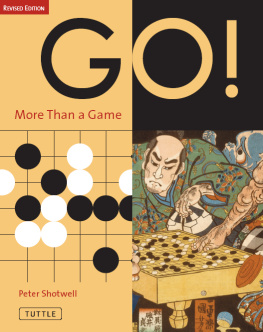
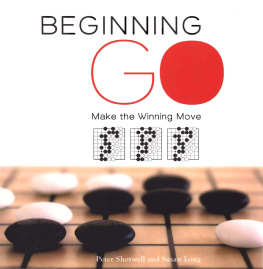
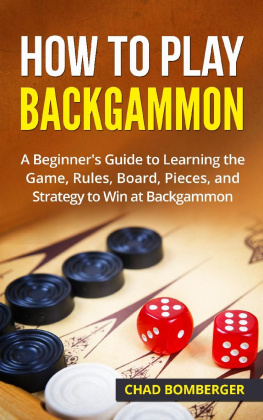
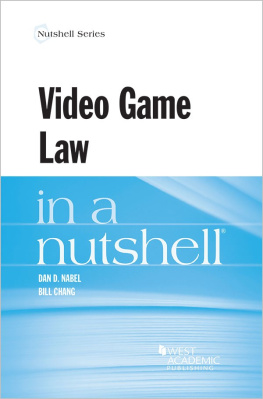







![Ethan Ham [Ethan Ham] - Tabletop Game Design for Video Game Designers](/uploads/posts/book/119417/thumbs/ethan-ham-ethan-ham-tabletop-game-design-for.jpg)
![Chris Bateman [Chris Bateman] - Beyond Game Design: Nine Steps Toward Creating Better Videogames](/uploads/posts/book/119409/thumbs/chris-bateman-chris-bateman-beyond-game-design.jpg)
